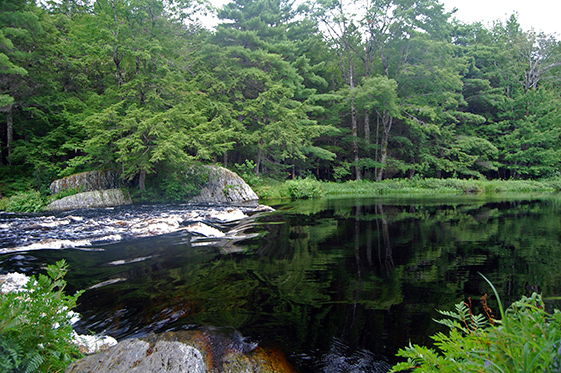
The birth-control pill may be fine for humans, but it is having unexpected effects on aquatic ecosystems, according to a new study by researchers at the University of New Brunswick and the Experimental Lakes Area in Northwestern Ontario (now known as the International Institute for Sustainable Development-Experimental Lakes Area, or IISD-ELA).
The study found that introducing synthetic estrogen, found in the birth-control pill, into a lake led to a near collapse of the fathead minnow population and had a cascading effect on the ecosystem. “The big drop in minnow numbers affected other aquatic life in the lake because the main food supply had disappeared for the bigger fish, and aquatic insects were no longer being eaten by the minnows,” says Karen Kidd of the University of New Brunswick Saint John and the study’s lead author. This was a surprise “and suggests greater impacts of estrogen discharges to surface waters than we previously thought.” The study was published in the journal Philosophical Transactions of the Royal Society B.
Michael Paterson, chief research scientist at IISD-ELA and a co-author of the study, says the results show the benefits of whole-lake experimentation. In April, the Winnipeg-based International Institute for Sustainable Development, the Government of Ontario and the federal government signed agreements to ensure the long-term operation of the ELA, which had been threatened with closure.